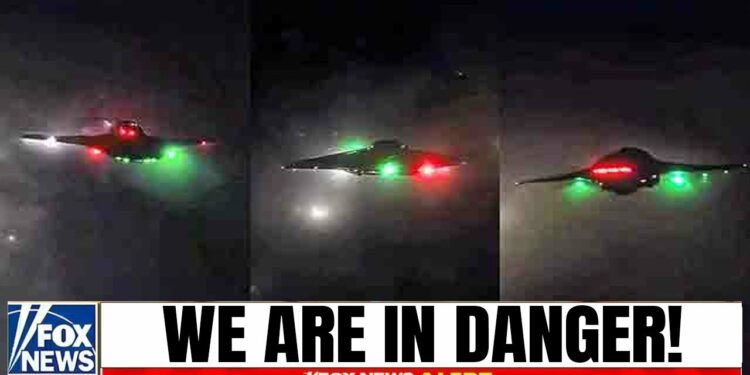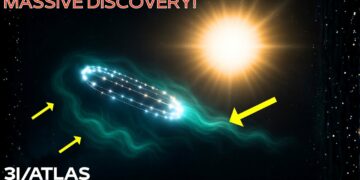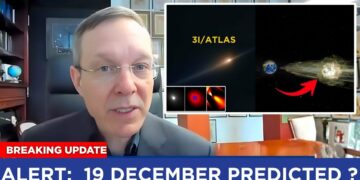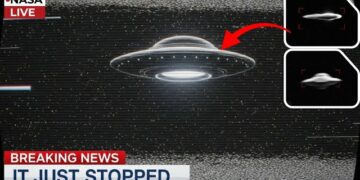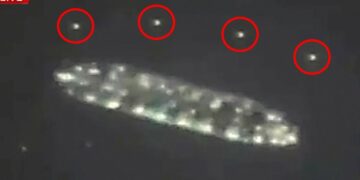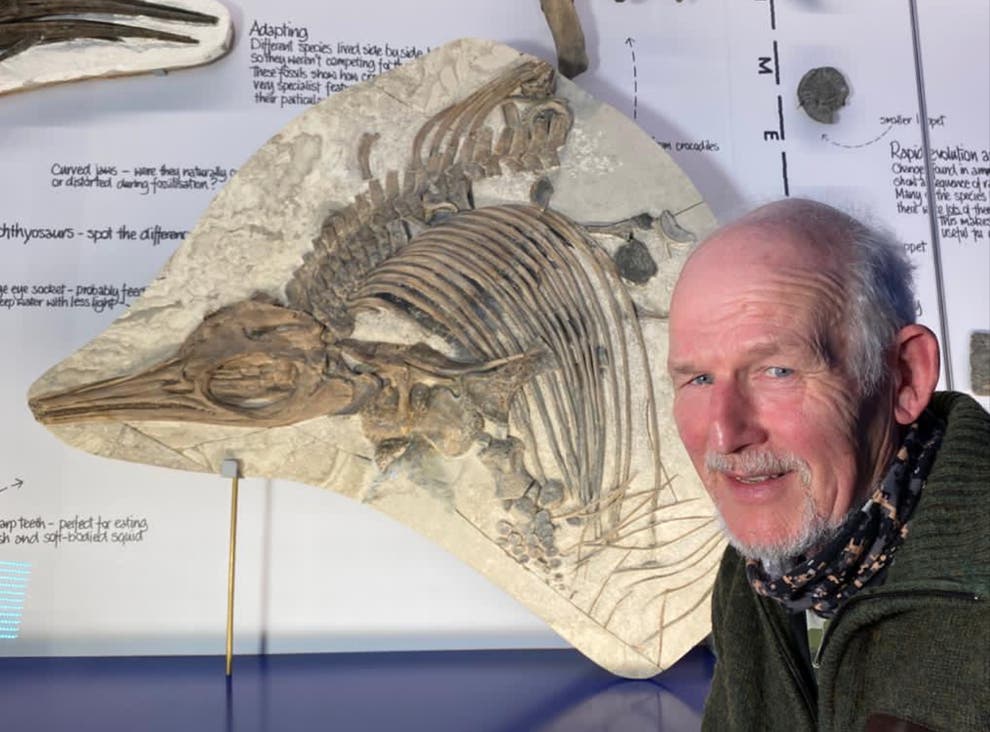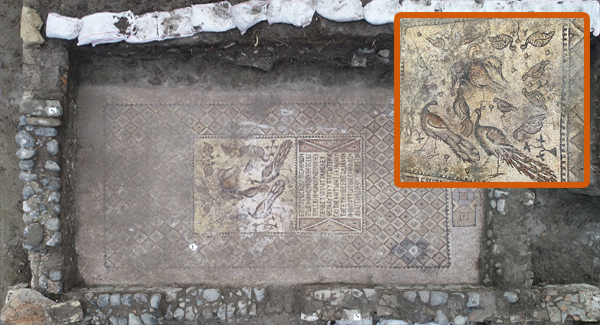Google’s quantum computing team has made a stunning claim that could redefine our understanding of the universe. Using advanced quantum algorithms, researchers analyzing data from the James Webb Space Telescope (JWST) have detected unusual light patterns in deep-space images that challenge conventional physics. These patterns, found in the infrared data of galaxy cluster Abell 2744, suggest the possibility of dimensions beyond the three we experience. Could this be a monumental discovery, or is it merely a cosmic illusion? The answers lie in the interplay of quantum computing and cosmic observation.
The Discovery
The breakthrough emerged unexpectedly as Google’s quantum team tested new algorithms on JWST’s high-resolution infrared data. Initially, they aimed to uncover subtle patterns that classical computers might overlook. The telescope’s unprecedented clarity made it an ideal testing ground. When anomalies appeared in the data from Abell 2744, nicknamed Pandora’s Cluster, the team suspected instrument errors or processing glitches. After months of rigorous testing, they began exploring a bold hypothesis: these patterns might indicate extra dimensions.
The anomalies manifest as subtle distortions in gravitational lensing patterns—arcs of light bent by the cluster’s massive gravity. Unlike expected smooth curves, these patterns show tiny kinks and ripples that follow a mathematical sequence, aligning with theoretical models of higher-dimensional space. When visualized in 3D, the distortions form structures that defy standard physics, with a fractal dimension of approximately 4.2, hinting at a fourth spatial dimension. Remarkably, these patterns remain consistent across different wavelengths, a hallmark of extradimensional effects rather than conventional astrophysical phenomena.
JWST: Humanity’s Cosmic Eye
The James Webb Space Telescope, orbiting a million miles from Earth at the L2 Lagrange point, is uniquely equipped for this discovery. Its 6.5-meter gold-plated mirror captures infrared light with unmatched precision, peering through cosmic dust to reveal distant galaxies and star-forming regions. In Abell 2744, JWST’s images of gravitational lensing revealed the anomalies, amplified by the cluster’s complex gravitational environment. The telescope’s four instruments—NIRCam, NIRSpec, MIRI, and FGS/NIRISS—provide diverse ways to analyze light, while its ultra-cold operating temperature (below -370°F) ensures minimal interference. This stability is critical for detecting subtle signals that might indicate extra dimensions.
Quantum Computing’s Role
Unlike traditional computers, which process data linearly, Google’s quantum processors use qubits that exist in multiple states simultaneously, leveraging quantum superposition. This allows them to analyze billions of data points at once, identifying correlations invisible to classical methods. The team’s quantum Fourier transform technique excels at detecting recurring patterns in JWST’s infrared data, filtering out cosmic noise to reveal the anomalies. Google’s latest quantum chip, with 72 qubits, operates near absolute zero to perform these calculations exponentially faster than supercomputers.
Scientific Scrutiny
Extraordinary claims require extraordinary evidence. Independent teams worldwide are working to verify Google’s findings, using both quantum and classical methods. Observatories like ALMA and Hubble are re-examining the same regions in radio, optical, and infrared wavelengths, while university labs adapt Google’s quantum code for independent analysis. Potential explanations, such as microlensing by unseen stars or software artifacts, are being tested. Early results suggest the anomalies persist across methods, fueling cautious optimism. However, rigorous scrutiny continues to ensure these patterns aren’t instrumental or computational errors.
The String Theory Connection
String theory, which posits that the universe’s fundamental building blocks are tiny vibrating strings, requires extra dimensions—often 10 or 11 in total—that are compactified at subatomic scales. The anomalies in Abell 2744 align with predictions from certain string theory models, particularly braneworld scenarios where our universe is a three-dimensional “brane” in a higher-dimensional space. If confirmed, this discovery could validate decades of theoretical work, reshaping our understanding of gravity, matter, and energy.
Pandora’s Cluster: A Cosmic Laboratory
Abell 2744, a collision of four galaxy clusters 4 billion light-years away, is an ideal setting for this research. Its immense mass, including 75% dark matter, creates powerful gravitational lensing effects. The anomalies appear in regions of high dark matter density, suggesting a possible link. Some theories propose that gravity leaking into extra dimensions could mimic dark matter’s effects, offering an alternative explanation for galactic motion without requiring new particles. JWST’s ability to peer through dust and capture ancient light makes it the perfect tool for studying this chaotic cluster.
The Path Forward
New JWST campaigns are targeting the anomalous regions with enhanced imaging and spectroscopy, mapping light distortions across wavelengths. CERN’s Large Hadron Collider is probing high-energy collisions for signs of particles vanishing into extra dimensions, while space missions like ESA’s Euclid and NASA’s Roman telescope will map cosmic structures with greater detail. Gravitational wave detectors are also being fine-tuned to detect potential extradimensional signals. Within two years, scientists expect enough data to confirm or refute these findings.
Implications
If verified, evidence of extra dimensions would be a paradigm shift, rivaling Einstein’s relativity. It would bridge quantum mechanics and gravity, potentially unlocking new technologies in energy and computing. Textbooks would be rewritten, and new fields of research would emerge. For now, the scientific community remains divided, with cautious skeptics and optimistic believers awaiting further evidence. The image that sparked this revolution—a JWST infrared view of Abell 2744 with highlighted anomalies—shows ripples that could be the shadow of a higher-dimensional reality. Whether this is a historic discovery or a cosmic mirage, the quest to understand our universe has never been more thrilling.

